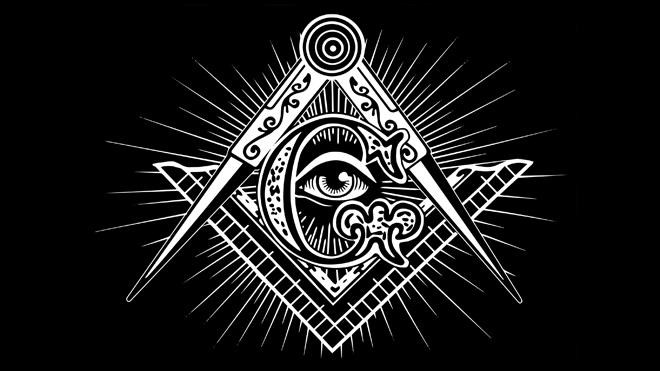By Michael Jenkyns
Skilled artisans’ monuments can be seen in many locations around the world. The men who did this work established themselves into groups, usually bound by oath to observe particular rules for the preservation of the group.
While we do not know the precise point(s) of origin of Freemasonry, we believe it evolved out of the building trades. A good craftsman would keep secret the technique he knew bringing him into great demand. A master and his apprentices working on a site would often occupy a single area of small buildings in which to live, known as lodges. The men were “operative” masons.
Although early records have been lost, the Records of the City of London show that rules for the guidance of the “London Mason’s Company” were passed in 1356 and masons were elected to the city council in 1376. Company documents indicate that over time men who were not masons were accepted into the Craft—they were shown as Accepted into the Company, becoming the first Speculative Masons.
At this time, Lodges were not confined to stone masons, but included members of other trades. It is not clear when, or how, but over time the working tools of tradesmen became useful for moral instruction. Such is the working tool found under the foundations of the Baal’s Bridge in Co. Limerick, Ireland. It dates from 1507 and has inscribed “I will strive to live with love & care —upon the level by the square.”
This is how we believe Speculative Masonry began. With our ritual based on moral allegory, we encourage members of our Masonic lodges to strengthen their character, improve their moral and spiritual outlook, and broaden their mental horizons.
When the representatives of four London lodges met on June 24, 1717, they formed the Grand Lodge of England. At this meeting, they elected the oldest as Grand Master pro tem. Later records indicate this was a temporary action until a Royal Prince would occupy the post: for England this has continued to the present time.
This premier (first) Grand Lodge was soon followed by Ireland (formed 1725 or earlier) and Scotland (1736). These three have spread the institution around the world and continue to do so.
Freemasonry was carried with explorers, soldiers, settlers, out from the British Isles and around the world.
For Canada, the fraternity was brought by settlers to the Thirteen Colonies and carried north and westwards into New France.
The creation of Grand Lodges across Canada followed settlement and the establishment of sufficient numbers of Freemasons. Today’s Grand Lodge of Canada in the Province of Ontario was formed Oct. 10, 1855, in Hamilton (the “Canada” in its title referred to the United Province of Canada) and the Grand Lodge of Nova Scotia A.F. & A.M. (formed February 20, 1866) are the only Canadian Grand Lodges formed before the formation of the present-day provinces (July 1, 1867 and afterwards). The other Grand Lodges followed the formation of their individual Provinces.
Prepared by Michael Jenkyns, Grand Historian, Grand Lodge A.F. & A.M. of Canada in the Province of Ontario.
